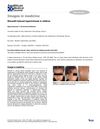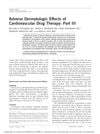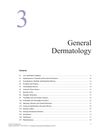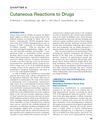The Spectrum of Nephrocutaneous Diseases and Associations
January 2016
in “
Journal of The American Academy of Dermatology
”
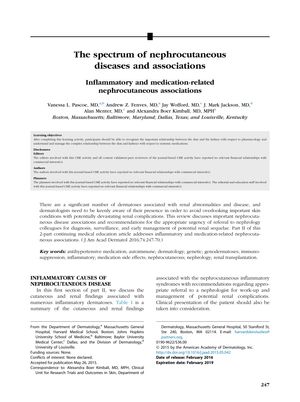
TLDR Skin doctors should know about skin and kidney disease links to prevent serious kidney problems.
The document from February 1, 2016, reviews the associations between various skin conditions and kidney diseases, highlighting the importance for dermatologists to be aware of these connections to prevent severe renal complications. It discusses nephrocutaneous diseases such as Nephrogenic Systemic Fibrosis (NSF), Henoch-Schönlein purpura (HSP), Granulomatosis with Polyangiitis (GPA), Microscopic Polyangiitis (MPA), Polyarteritis Nodosa (PAN), Systemic Lupus Erythematosus (SLE), Cryoglobulinemia, Sarcoidosis, and Systemic Sclerosis (SSc), detailing their clinical manifestations, pathology, and treatment options. The document also addresses the urgency of referral to nephrology for diagnosis and early management of these conditions. Additionally, it covers calciphylaxis, a severe condition with a high mortality rate in ESRD patients, and other nephrocutaneous associations like pruritus, acquired perforating dermatosis, and amyloidosis, along with medication-related cutaneous side effects. The document emphasizes the need for dermatologists to recognize these associations and manage potential renal complications related to dermatologic conditions and treatments, including the careful use of medications like spironolactone and allopurinol in patients with renal insufficiency. The document does not specify the number of people in any studies, so the strength of the evidence for the treatments mentioned cannot be assessed.


